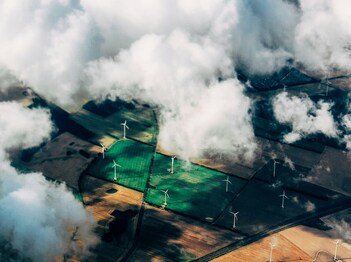2025 Global Green Economy Outlook
Decarbonization Strategies and Emerging Opportunities
A landmark year for climate accountability: as net-zero commitments mature, global companies must shift from pledges to measurable action across policy, technology, and markets.
The Tri-Force of Global Green Transition
Policy Pressure
📌EU CBAM mandates carbon reporting and pricing from 2026.
📌US SEC rules internalize climate risk into capital markets.
📌Emerging economies (e.g., Vietnam, Brazil) develop ETS and green financing frameworks.
Technology Breakthroughs
📌Solar LCOE drops 89% since 2010; offshore wind scales fast.
📌CCUS commercial at <$80/tCO₂; Hydrogen hubs multiply.
📌AI and IoT improve MRV accuracy to over 95%.
Market Forces Align
📌Green spending to exceed $12.7T by 2025.
📌Green bond issuance tops $1.8T.
📌Supply chain mandates from top corporates.
Global Leaders in Decarbonization
Luxury
LVMH uses recycled gold and traceable sourcing. Gucci’s EP&L cuts emissions 40%.
Manufacturing
Siemens leverages AI for energy optimization. Unilever slashes product carbon by 52%.
Food & Agriculture
Nestlé invests $1.2B in regenerative farming. Danone cuts dairy emissions 40% with AI.
Opportunity Map for Enterprises
Key Growth Tracks
📌Carbon intelligence platforms for Scope 1–3 reporting.
📌Nature-based solutions with verifiable offsets.
📌ESG verification & climate risk modeling services.
Five Strategic Levers
📌Link ESG KPIs to executive compensation.
📌Adopt AI-driven energy management.
📌Engage in carbon markets (Article 6 aligned).
📌Pursue eco-labels for differentiation.
📌Join global alliances for knowledge exchange.
🌳 Immediate Recommendations
🌿Baseline Scope 1–3 emissions using GHG Protocol or ISO 14064-1.
🌿Prioritize CapEx for low-carbon retrofits.
🌿Apply for international green funding (e.g. GCF, EU Innovation Fund).
🌿Foster South-South renewable energy partnerships.



